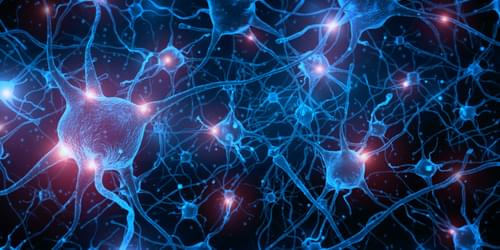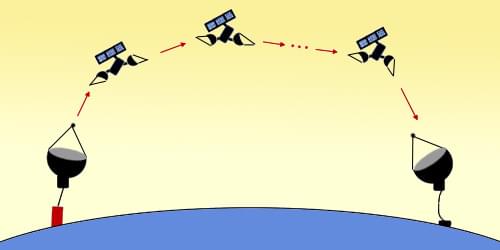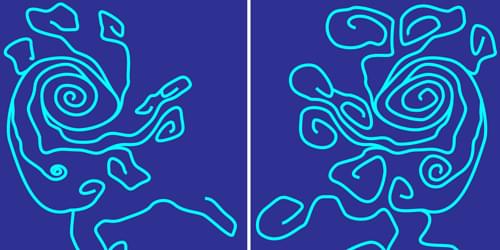While the current Oppenheimer blockbuster film focused on the destructive power of nuclear weapons, more peaceful uses of atomic propulsion for space exploration are now gaining once again momentum. ROB COPPINGER reports.
Nuclear fission and fusion power propulsion are under investigation in Europe and the US with an in-space engine demonstration planned by 2027 — with the news last month that Lockheed Martin had been selected to develop a nuclear thermal propulsion system for DARPA’s DRACO programme (see below).
Nuclear propulsion is attractive as it is far more efficient and powerful than conventional chemical rocket engines – with nuclear thermal propulsion (NTP) having twice the propellant efficiency of chemical rockets. SpaceX plans to use its Starship Heavy rocket, propelled by liquid oxygen and methane, to take Elon Musk’s colonists to Mars. NASA’s decades of research have also concluded that NTP is the best choice for crewed missions to the red planet with its Human Exploration of Mars Design Reference Mission 5.0, published in 2009, making clear NTP’s advantages. With NTP, a propellant, liquid hydrogen, is propelled by the heat from a nuclear reactor. It offers a high thrust-to-weight ratio around 10,000 times greater than nuclear electric propulsion (NEP) and two-to-five times greater specific impulse than in-space chemical propulsion.







